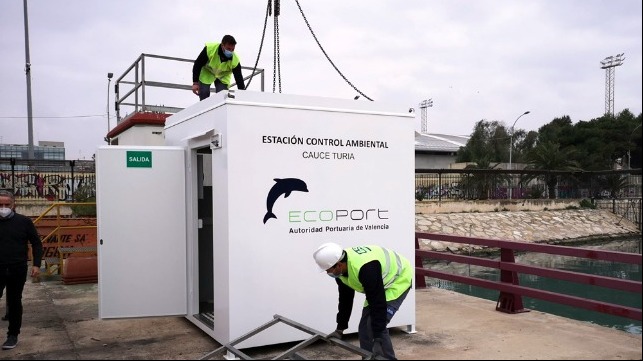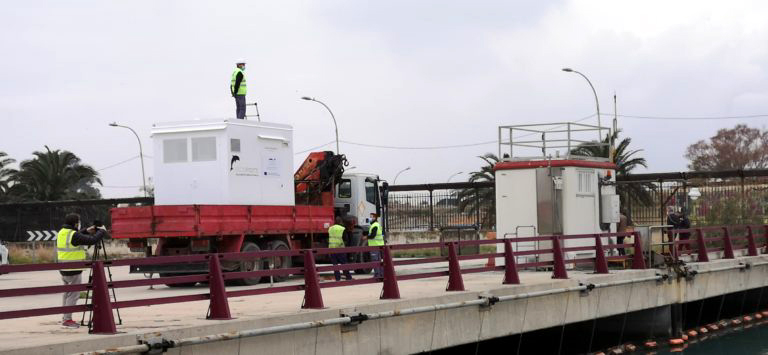Valencia Launches Real-Time Analysis of Port Environment

The Port of Valencia on Spain’s east coast launched a real-time monitoring and analyzing program for air quality, noise, and weather conditions in the port starting in 2021. The two environmental control booths locate at strategic points in the port help are designed to improve the planning of port operations and as necessary to assist in controlling emissions and other environmental concerns.
This initiative is part of the GREEN C PORTS project, which is coordinated by the Valenciaport Foundation and co-financed by the European Union. The project is testing the use of new technologies, including IoT, Big Data, and artificial intelligence models to improve operations. Valencia invested more than $350,000 in the two control booths and the sites were selected by the Centre for Environmental Studies for the Mediterranean (CEAM), a foundation for research, technological innovation, and improvement of the environment.
The cabins are equipped with technology for monitoring atmospheric pollutants. They have five gas analyzers that measure the concentration of sulfur dioxide, nitrogen oxides, ozone, carbon monoxide and PM10 and PM2.5 particles. They are also equipped with a weather station to measure wind speed and direction, rainfall, solar radiation, temperature, relative humidity, and barometric pressure. Sound level meters measure the noise levels in the harbor and all the data is received and analyzed in real-time.


that matters most
Get the latest maritime news delivered to your inbox daily.
This is in addition to an extensive network of stations at locations around the port. Currently, there are three weather stations, a dozen environmental sensors, predictive and static noise maps, a network of sound level meters, daily water cleaning, and periodic studies on water quality, ongoing at the port.
Since launching the program, Valencia says that of the 56 days analyzed, the air quality was judged to be excellent for 46 days and good on 10 days. The data from the monitoring is publicly available on the Internet so that people in the communities around the port can understand its environmental impact. The Port Authority also uses the data to plan operations and identify steps that can be taken to reduce the environmental impact of port operations.
